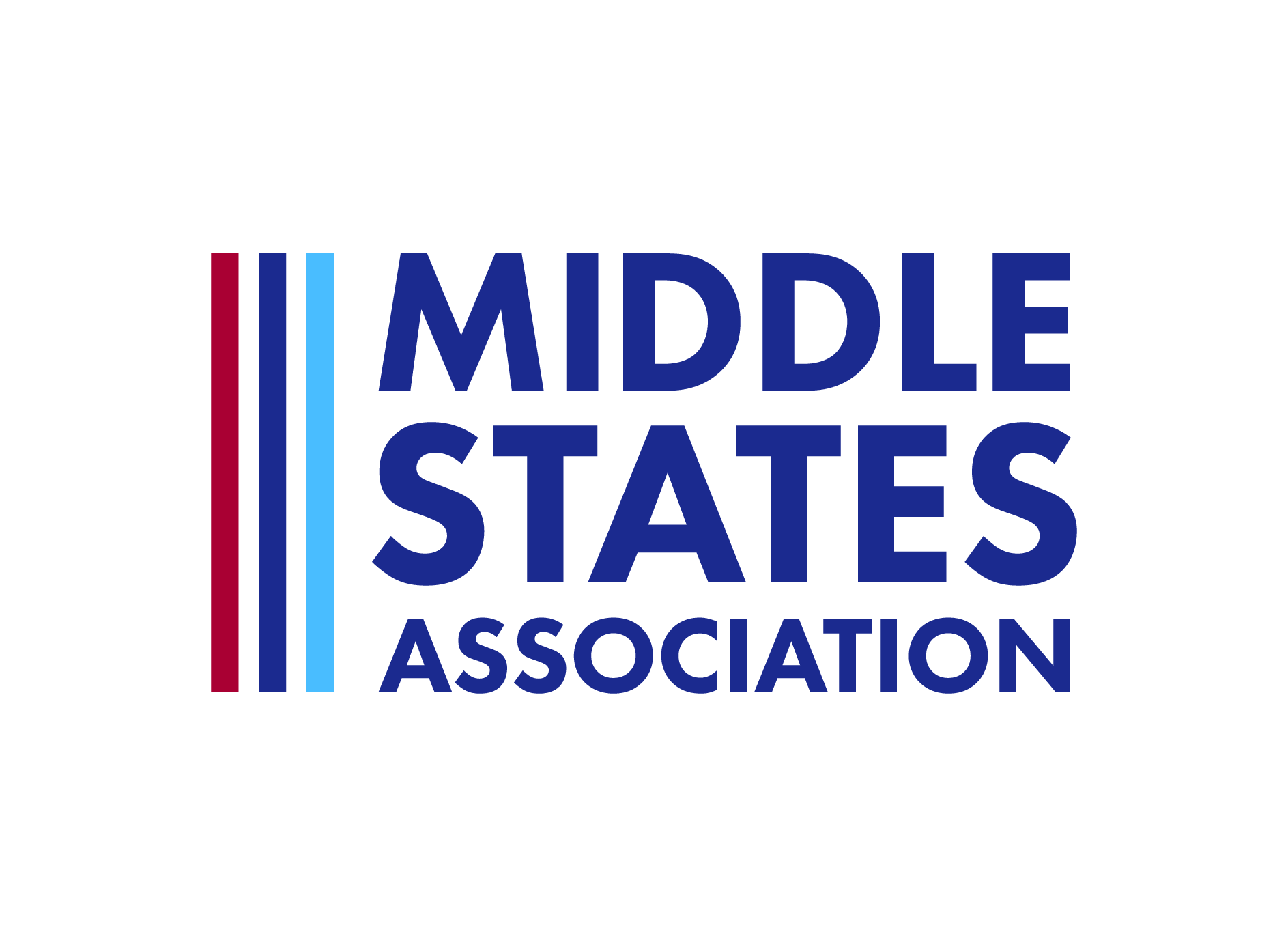By Christian Talbot, President of MSA-CESS

Here are comments from parents at school board meetings that will sound familiar to school leaders:
“Our athletic facilities aren’t as good as school X’s, and we’re losing students to them. We should invest in new fields.”
“Our 4th grade test scores are down. We should create a prep course for all 3rd graders to make sure this never happens again.”
“I’ve heard that school Y has an amazing approach to college counseling. Shouldn’t we be doing what they’re doing so that our kids get into great schools too?” [1]
Three different parents, three different ideas about what would be good for the school.
How is a board—and, by extension, school leadership—supposed to discern priorities?
As Michael Horn points out in From Reopen to Reinvent, “it’s clear that [parents] have divergent views and priorities. They don’t all have the same definition of progress. […] Their views are instead shaped based on their circumstances and the struggles they face.”
Unfortunately, schools tend to respond to such “we should” statements by adding programs, but rarely sunsetting them. [2]
Horn shows us that instead of trying to be everything to everyone, schools would do better to understand the distinctive “Jobs To Be Done” [3] that prompt parents to select a school for their child (including switching schools).
Horn’s colleagues at Harvard’s Clayton Christensen Institute conducted research that revealed four types of progress that parents seek. This research focuses on parents in independent schools, but the insights may be directionally helpful for other kinds of schools (and your school can always undertake its own JTBD research):
- Parent Job 1: Help our child overcome an obstacle. Parents prioritize this job when they believe their child’s school is failing to address a critical issue. For some, that could be low test scores, but for others it could be bullying, a lack of joy in learning, and more. As Horn says, parents prioritizing this job “are often looking for a short-term fix rather than a longer-term solution where they will stay indefinitely.”
- Parent Job 2: Help us be part of a values-aligned community. Parents prioritize this job when they hold strong moral and ethical views. As Horn puts it, “This is less about helping prepare their child to get into the best college possible” and more about helping their child “to be ready for the wider world.” These parents want “to be part of a group that thinks like them.”
- Parent Job 3: Help us develop a well-rounded child. For parents who prioritize this job, academic achievement may matter, but their child’s social and emotional development matters more. These parents may also prize belonging to a diverse community more than the average parent. According to Horn, “These parents want to help their child learn how to interact with individuals who might be different from them, how to apply knowledge in real-world projects, and how to integrate into society.”
- Parent Job 4: Help us realize our plan for our child. Parents who prioritize this job “often have a clear plan for the type of college they want their child to attend, and they are laser focused on that goal.” As a result, they want their child’s school to offer rigorous academic experiences and robust extracurriculars. Such parents care less “about the social and emotional well-being of the child—unless that’s what’s required to gain acceptance to school.”
Parents might seek progress on more than one job at any given time, but something is always in the number one slot. And when we don’t share an understanding of parents’ primary Job to Be Done, we can’t align with them on our school’s priorities. Hence board meetings that devolve into “we should” conversations.
But once we develop a shared understanding of parents’ needs, we can turn to the theory of “modularity” to identify “providers that could plug into various interfaces at that schooling hub.” [4]
For two decades we have been talking about “unbundling” in education, but we’re still waiting for it to happen. By applying theories like modularity [5] and Jobs To Be Done, schools might finally be able to escape the gravitational crush of trying to be everything to everyone.
Please register for our live interview and Q&A with Michael B. Horn on Oct. 24, 12 pm ET. To register, click here.
End notes:
[1] While this post is one in a series about Michael Horn’s From Reopen to Reinvent, I also want to strongly recommend Who Gets In and Why by his colleague Jeff Selingo. It illuminates the college admissions process better than anything else I’ve read on the subject. Once you learn about how some colleges are “buyers,” others are “sellers,” and what a “coupon” is, you’ll feel like you’ve awakened from The Matrix.
[2] The Power of Doing Less in Schools, a recent article in ASCD, describes a nuance in this problem: “Schools are complex systems that balance the competing needs of various actors and stakeholders. Many parts of the system are the result of strong advocacy from a small group—to add a rule, or requirement, or program, or system. The costs of new programs tend to be diffuse and the benefits concentrated, so more and more stuff piles up on schools. Trying to remove something from this accreted sediment can be fraught, because most of the elements in schools have some strong stakeholder who gets upset and defensive when their rule/program/standard/policy gets taken away. And the benefits of removing any one of these elements can be modest for most people in the school.”
[3] The great, late Clayton Christensen—under whom Michael Horn studied, and with whom Horn co-authored a book on disruptive innovation in education—outlined the theory of Jobs To Be Done in his book Competing Against Luck. A shorter explanation of the theory appears in the 2016 Harvard Business Review article “Know Your Customers’ ‘Jobs To Be Done’.”
[4] Horn says, “Disruptive innovations, like online coaching, mentoring, tutoring programs, and social networks are changing how people connect. […] As these early innovations improve, savvy schools will use them to free up time and resources to focus on […] developing students into master creators and innovators.”
He also points to learning pods and microschools, both of which can be “modules” available within a larger school. For parents looking for more traditional academic benefits, a number of learning service providers offer fully online AP classes.
Schools certainly need the right “interfaces” so that “modular” solutions can “plug in.” For example, does the daily schedule built-in time for students to access an outside provider for self-directed learning? Does the school transcript have space for credentials earned elsewhere?

